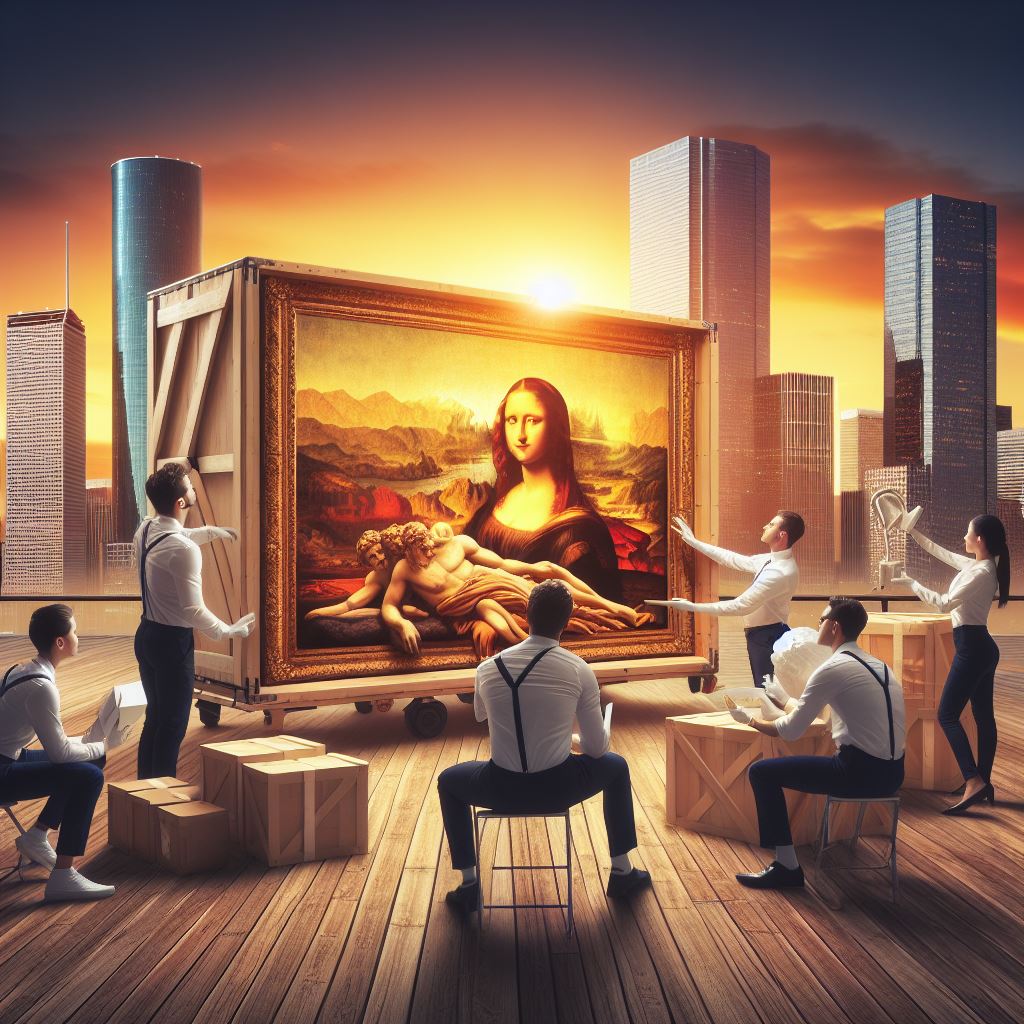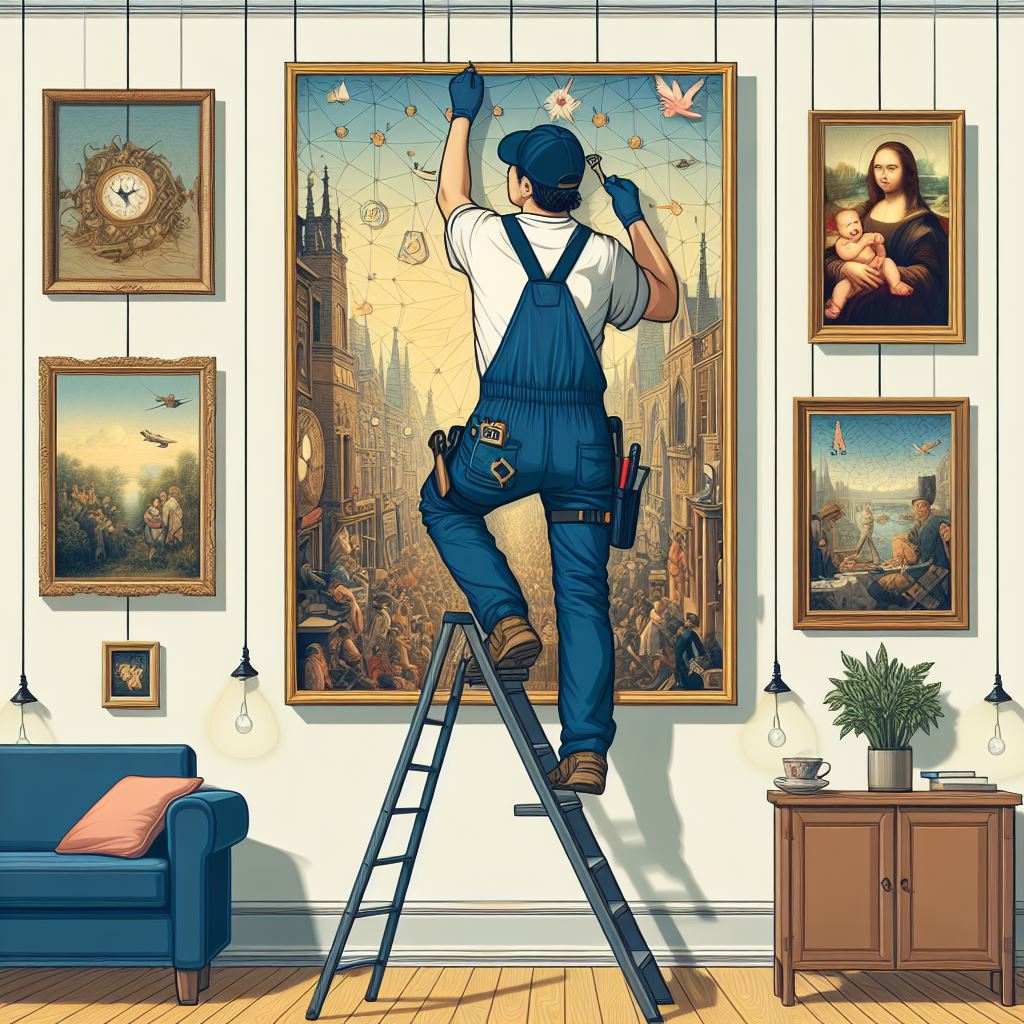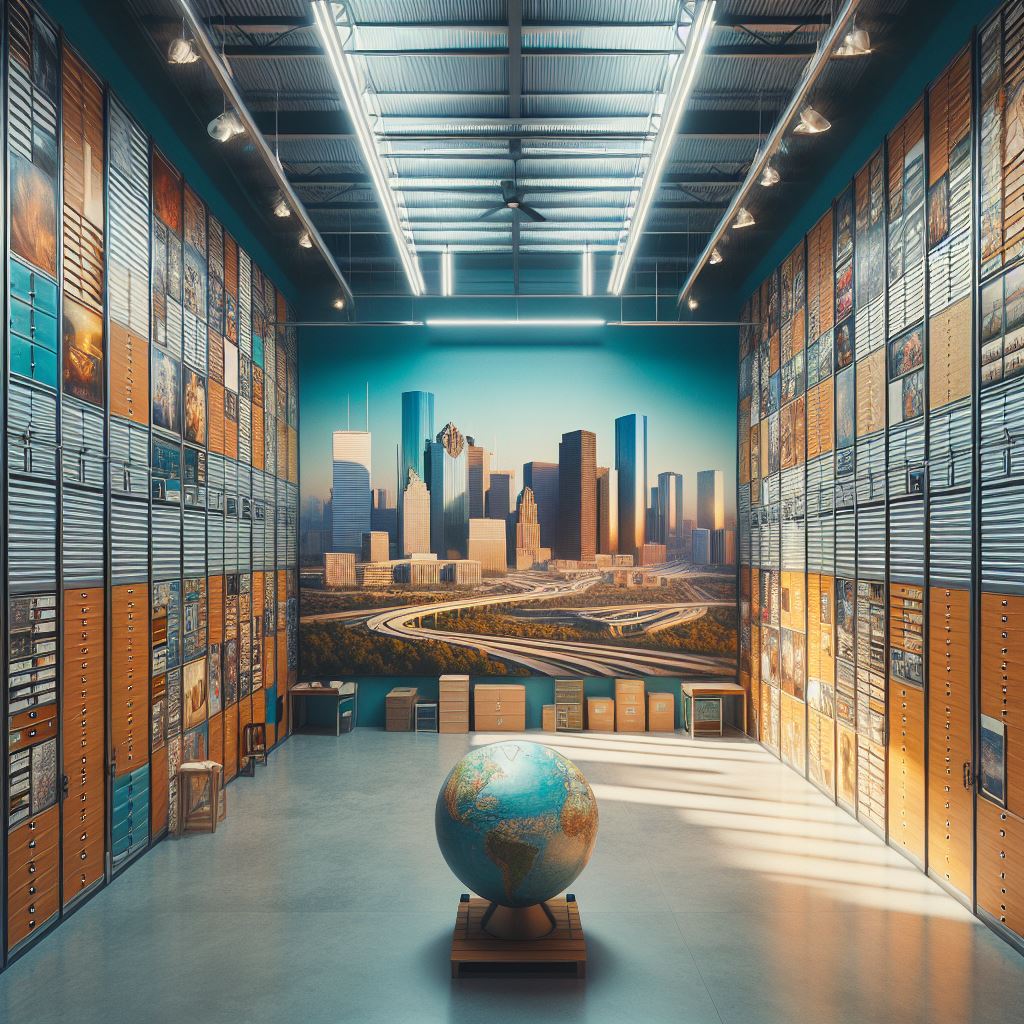What Are the Types of Installation Art? Discover Them All!
Installation art is a contemporary form of art that is designed to transform the perception of a space. Unlike traditional art forms, such as painting or sculpture, installation art is typically three-dimensional and can be either temporary or permanent. It often occupies an entire room or gallery space that the spectator has to walk through in order to engage fully with the artwork.
The origins of installation art can be traced back to the early 20th century, but it gained significant momentum in the 1960s and 1970s with the rise of conceptual and performance art. This art form challenges the conventional modes of display and viewing, encouraging an interactive and immersive experience.
So, what are the types of installation art? Over the years, artists have experimented with various materials, settings, and themes to create installation art that captivates and engages audiences. These works can be site-specific, immersive, interactive, or even digital.
Need Help With Your Corporate Art Installation? If so, TYart is here to help. For years, we’ve been helping homeowners, businesses, museums, and more ensure that their eye-catching art installations are safely and successfully put up. This means we’re familiar with the importance of careful handling, as well as the impact these installations can have. We have installed Corporate Art in the Houston area for over 21 years. If you have any questions about art services in Houston, please don’t hesitate to reach out to us today. We can be reached by calling 713.869.4044.
Site-Specific Installation Art

Site-specific installation art is a genre where the artwork is created to exist in a particular place. The location is an integral part of the piece, and removing the art from its site would diminish its meaning and context. This type of installation art encourages a deep interaction between the environment and the artwork, often reflecting the cultural, social, or historical significance of the location.
Artists who create site-specific installations usually conduct extensive research about the site before starting their work. They consider various elements such as the geographical layout, architectural features, and even the historical background of the site. This research helps them design an artwork that resonates with the location and enhances the viewer’s experience.
One famous example of site-specific installation art is Christo and Jeanne-Claude’s “The Gates” in Central Park, New York. This temporary installation consisted of 7,503 gates with free-flowing fabric, transforming the park’s pathways into a vibrant and immersive experience.
Site-specific installations can be found in various settings, including urban environments, natural landscapes, and even historical buildings. They challenge viewers to reconsider their surroundings and often create a dialogue between the art and the environment, making the experience memorable and unique.
Immersive Installation Art Experiences

Immersive installation art experiences are designed to fully engage the senses of the viewer, often blurring the lines between the observer and the artwork. These installations create an environment where visitors can physically enter and interact with the art, making them an integral part of the experience. The goal is to evoke a strong emotional or intellectual response by immersing the audience in a carefully crafted world.
One of the key elements of immersive installations is their use of various sensory stimuli. Artists might employ light, sound, temperature, and even scent to create a multi-dimensional experience. These stimuli work together to transport the viewer into a different reality, often making them feel as though they have stepped into another world.
Yayoi Kusama’s “Infinity Mirror Rooms” are iconic examples of immersive installation art. These rooms use mirrors, LED lights, and water to create an illusion of infinite space, enveloping the viewer in a seemingly endless environment. The experience is both disorienting and mesmerizing, encouraging viewers to reflect on their place in the universe.
Immersive installations can be found in art galleries, museums, and public spaces. They often push the boundaries of traditional art forms, inviting viewers to explore new perspectives and engage with the art on a deeper level. By creating a fully immersive environment, these installations offer a unique and unforgettable experience that leaves a lasting impression.
Interactive Installation Art Forms

Interactive installation art forms invite viewers to become active participants rather than passive observers. Unlike traditional art forms where the experience is primarily visual, interactive installations require viewers to engage with the artwork physically, mentally, or even emotionally. This dynamic interaction often leads to a unique and personal experience for each participant.
One of the hallmarks of interactive installation art is its use of technology. Many of these installations incorporate digital elements such as sensors, cameras, and projectors to respond to the actions and movements of the audience. For example, Rafael Lozano-Hemmer’s “Pulse Room” uses biometric sensors to detect visitors’ heartbeats, which then activate light bulbs that pulse in sync with their heart rates. This creates a deeply personal connection between the viewer and the artwork.
Another compelling example is “Rain Room” by Random International. This installation features a room filled with falling water that stops wherever it detects human presence, allowing visitors to walk through the rain without getting wet. The interplay between human movement and the environment creates a surreal and magical experience, highlighting the power of human interaction with art.
Interactive installations can be found in various venues, including art galleries, museums, and public spaces. They often serve as a platform for social commentary, encouraging viewers to reflect on broader issues such as technology, nature, and human behavior. By fostering a sense of engagement and participation, interactive installation art forms offer a transformative experience that goes beyond mere observation.
Environmental and Ecological Installations
Environmental and ecological installations are art forms that emphasize the relationship between humans and the natural world. These installations often aim to raise awareness about environmental issues, promote sustainability, and inspire a deeper connection with nature. By integrating natural elements and addressing ecological concerns, these artworks offer a unique blend of aesthetics and activism.
Many environmental installations utilize natural materials such as wood, stone, and plants to create immersive experiences that highlight the beauty and fragility of the environment. For instance, Andy Goldsworthy, a renowned environmental artist, creates ephemeral sculptures using materials found in nature. His works, such as “Rain Shadows” and “Ice Spiral Tree Soul”, are site-specific and often temporary, emphasizing the transient nature of the natural world.
Ecological installations can also incorporate living organisms, creating a dynamic and ever-changing artwork. An example of this is Patrick Dougherty’s “Stickwork” series, where he weaves saplings and branches into large, intricate structures that blend seamlessly with their surroundings. These installations not only showcase the beauty of natural materials but also encourage viewers to consider the impact of human activities on the environment.
Additionally, some environmental installations incorporate technology to address ecological issues. For example, the “Living Light” installation by Soo-in Yang and David Benjamin features a pavilion covered in a canopy of lights that respond to air quality data. The installation aims to raise awareness about pollution levels and promote cleaner air practices.
By engaging the senses and provoking thought, environmental and ecological installations create powerful statements about the importance of preserving our planet. They serve as a reminder of the interconnectedness of all living things and the urgent need to address environmental challenges.
Digital and Virtual Installation Art

Digital and virtual installation art represents the cutting edge of contemporary art, merging technology with creativity to produce immersive and interactive experiences. These installations leverage digital media, software, and virtual reality to create environments that can be both visually stunning and intellectually stimulating.
One of the most prominent aspects of digital installation art is its ability to transform spaces through projections, light, and sound. Artists like teamLab create expansive digital ecosystems that respond to the movements and interactions of the audience. Their installations, such as “Forest of Resonating Lamps” and “Crystal Universe”, utilize advanced technology to immerse viewers in a constantly evolving landscape.
Virtual installation art takes this a step further by creating entirely digital environments that can be explored through virtual reality (VR) headsets. These virtual spaces can simulate real-world locations or transport viewers to fantastical realms. An example is the VR installation “Tree” by Milica Zec and Winslow Porter, which allows participants to experience the life cycle of a rainforest tree from seedling to mature tree, providing a powerful commentary on deforestation and environmental conservation.
Interactive installations are another key component of this genre, engaging participants in a dialogue with the artwork. Rafael Lozano-Hemmer’s “Pulse Room” invites viewers to touch sensors that convert their heartbeats into light patterns, creating a personalized and communal art experience. These installations not only captivate audiences but also invite them to become active participants in the creation of the art itself.
Digital and virtual installation art challenges traditional notions of art by pushing the boundaries of what is possible. It opens up new avenues for artistic expression and audience engagement, making it a dynamic and ever-evolving field.
Need Help With Your Corporate Art Installation? If so, TYart is here to help. For years, we’ve been helping homeowners, businesses, museums, and more ensure that their eye-catching art installations are safely and successfully put up. This means we’re familiar with the importance of careful handling, as well as the impact these installations can have. We have installed Corporate Art in the Houston area for over 21 years. If you have any questions about art services in Houston, please don’t hesitate to reach out to us today. We can be reached by calling 713.869.4044 or visiting TYart.com.



